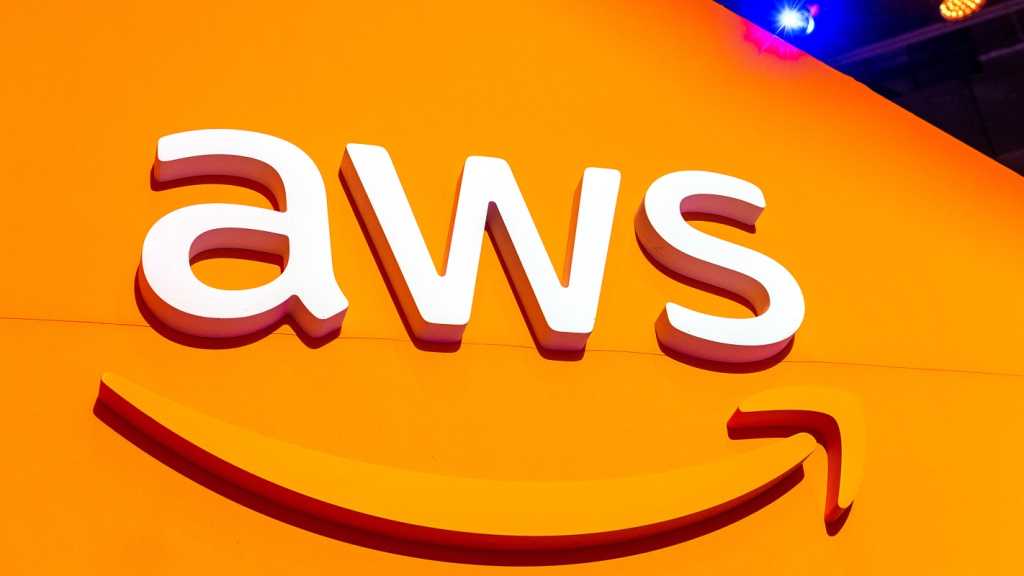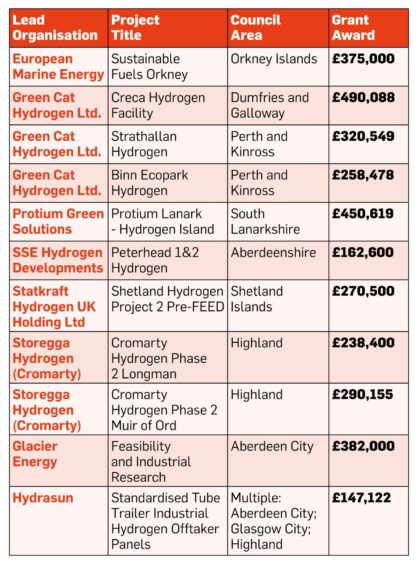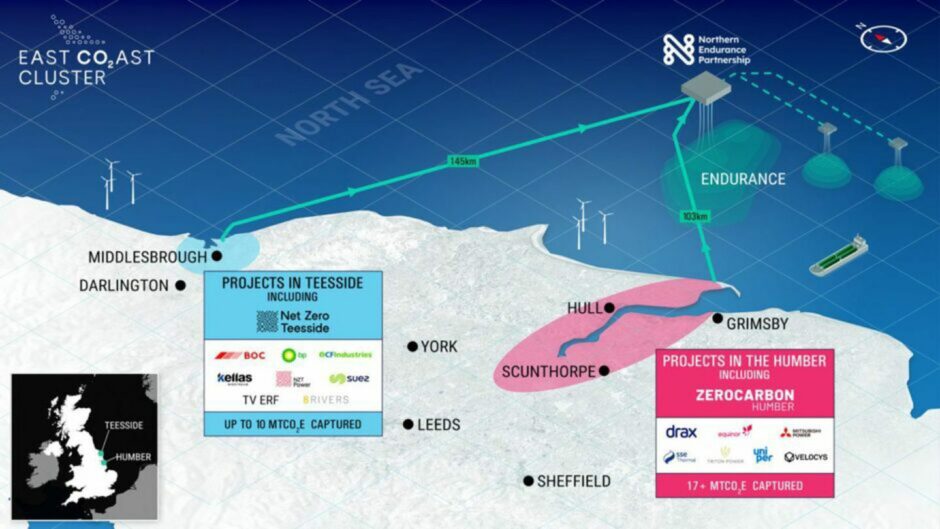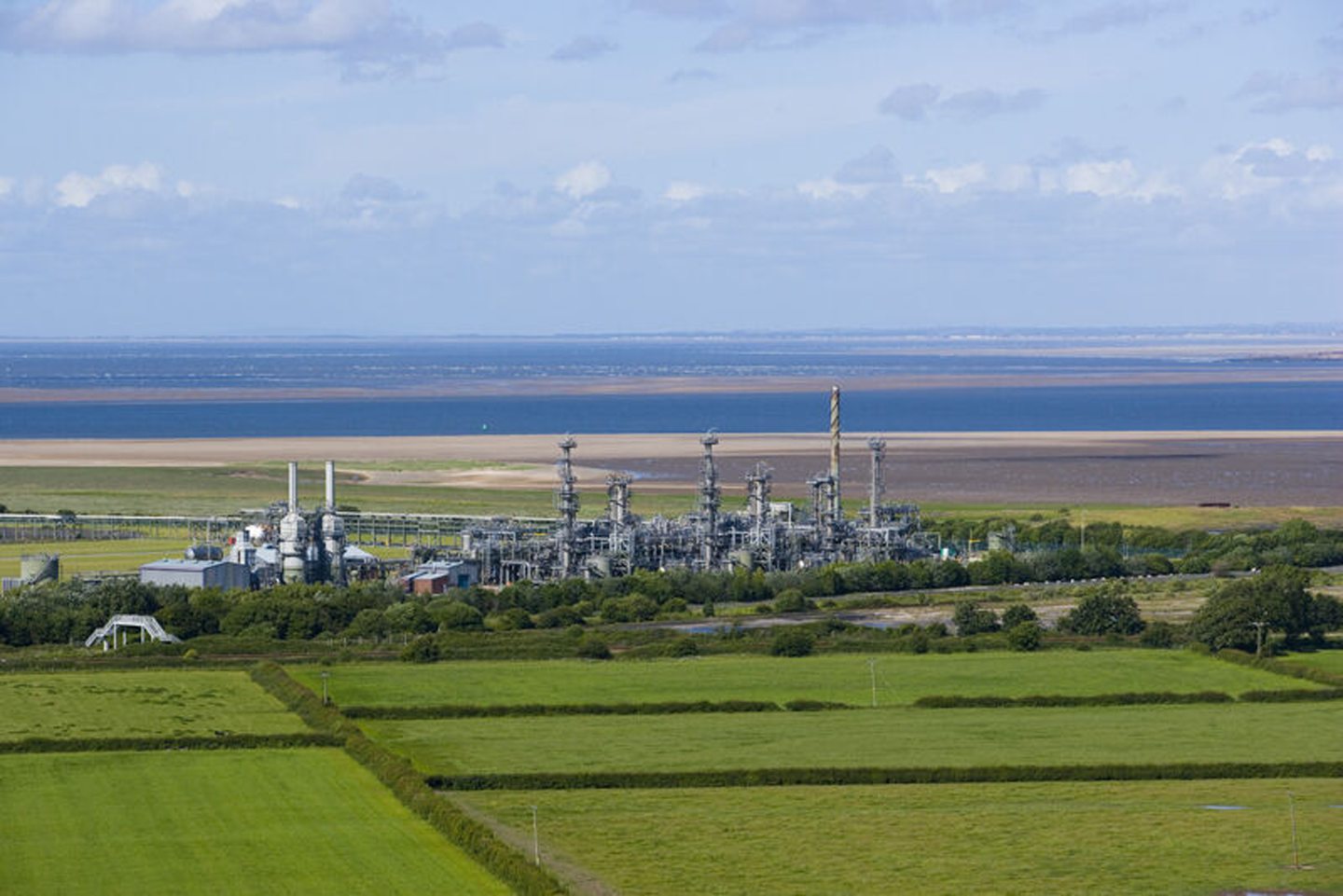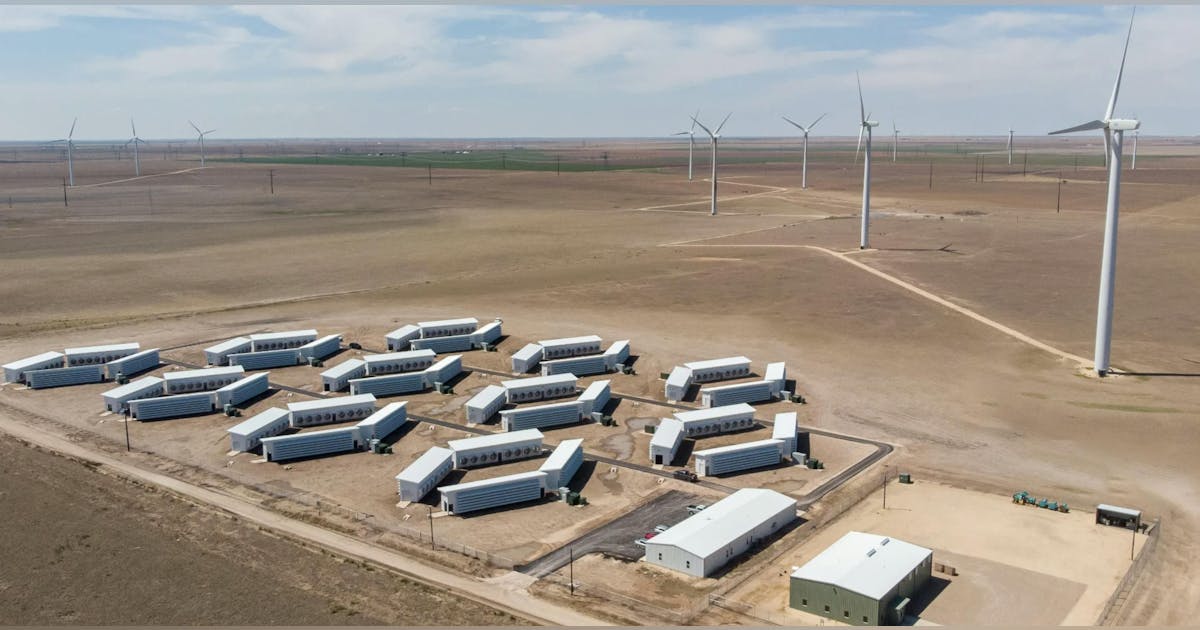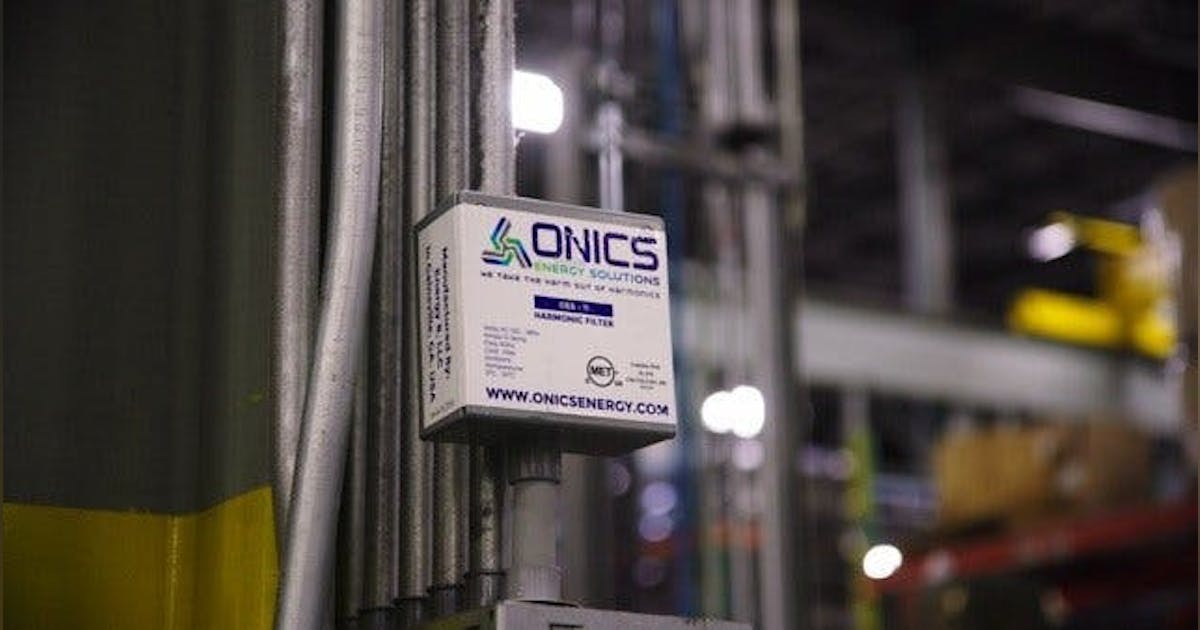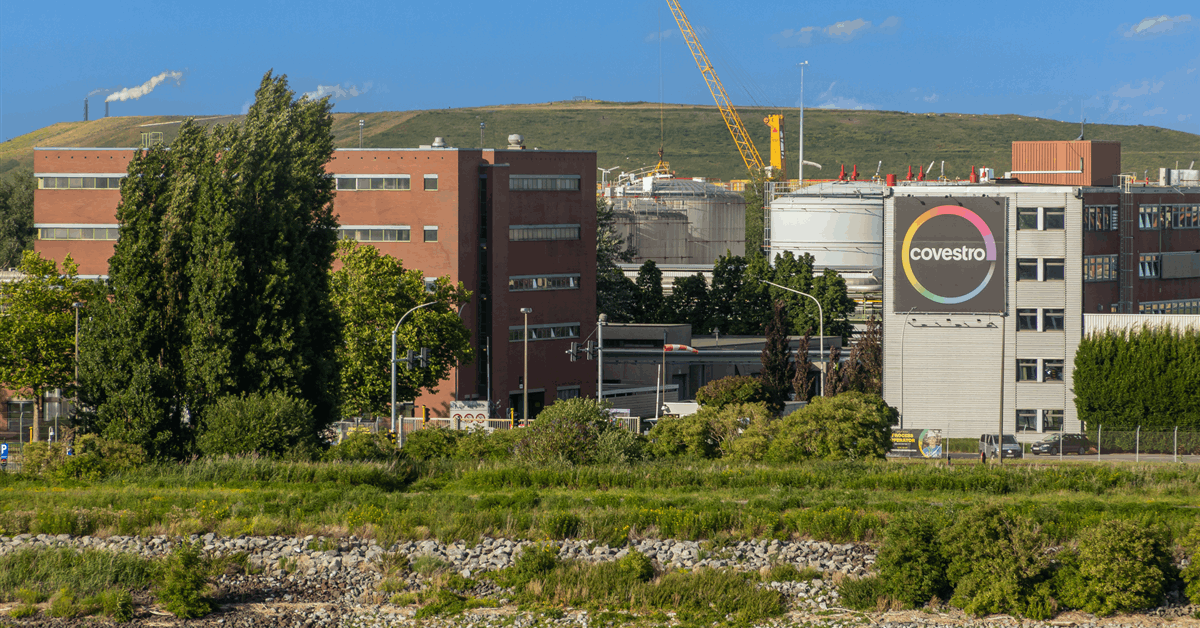
INEOS Group Ltd. and Covestro AG have signed a deal for the British diversified conglomerate to supply the German major polymer materials producer with liquefied natural gas (LNG) for up to eight years from 2027.
The LNG will be used at Covestro’s facilities in Europe. The Leverkusen-based company uses LNG as feedstock and fuel.
“This strategic collaboration addresses the critical need for secure and diversified energy sources in Europe”, a joint statement said.
David Bucknall, chief executive of INEOS’ energy business, said the partnership with Covestro will provide “reliable, cost-effective energy to help our industrial partners manage volatility and avoid shortages”.
“This agreement with INEOS provides us with the long-term security we need to maintain our production and contribute to the European economy”, Covestro chief technology officer Thorsten Dreier commented.
“This contract is an important building block for our transition as a company in the energy-intensive industry towards an affordable renewable energy supply”, Dreier added.
Covestro, which is in the process of being acquired by Abu Dhabi National Oil Co., has set aims to achieve neutrality in terms of Scope 1 and 2 emissions by 2035 and Scope 3 by 2050.
The companies did not disclose the agreed volume.
INEOS ventured into the LNG sector 2022 by placing a 20-year offtake from United States producer Sempra Infrastructure. The purchase of about 1.4 million metric tons per annum (MMtpa) will be fulfilled by the under-construction Port Arthur LNG in Texas, which Sempra co-owns with ConocoPhillips and KKR.
The agreement, announced December 1, 2022, provides for an additional supply of 200,000 tons a year from the second phase of the project.
The two-train phase 1, which Sempra estimates to have a capital expenditure of $13 billion, has a nameplate capacity of 13 MMtpa. The first train is expected to start operation 2027, to be followed by train 2 in 2028.
Phase 1 has been fully subscribed. Besides INEOS, the offtakers are Houston-based ConocoPhillips, France’S ENGIE SA, Poland’s ORLEN SA and Germany’s RWE Supply & Trading GmbH. All phase 1 supply agreements became effective March 2023 when the project reached a final investment decision, according to the project website.
The developers plan to grow Port Arthur LNG’s capacity to 22 MMtpa.
To contact the author, email [email protected]
What do you think? We’d love to hear from you, join the conversation on the
Rigzone Energy Network.
The Rigzone Energy Network is a new social experience created for you and all energy professionals to Speak Up about our industry, share knowledge, connect with peers and industry insiders and engage in a professional community that will empower your career in energy.
MORE FROM THIS AUTHOR




